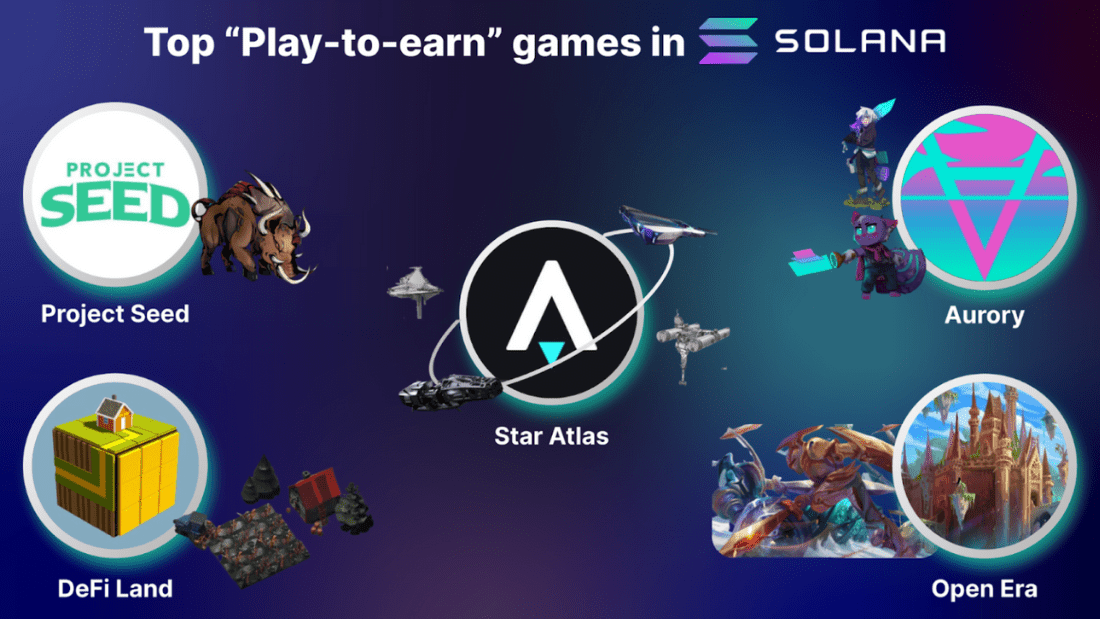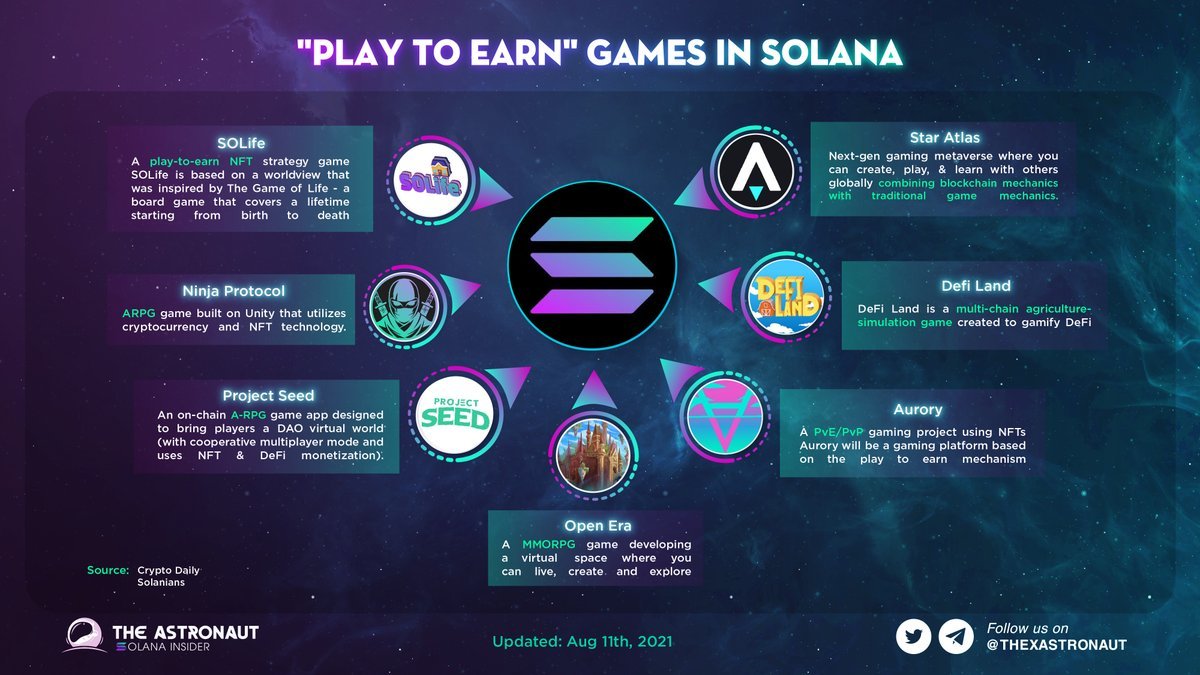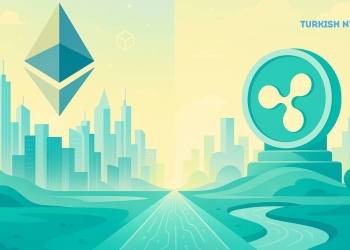One million monthly active users on its testnet have been announced by Sonic, the first gaming-focused Solana Virtual Machine (SVM) layer 2. The Solana gaming SVM marks a major milestone for the Web3 gaming sector. This success is a big deal for the Solana ecosystem and the acceptance of blockchain-based gaming platforms in general.
Chris Zhu, CEO of Sonic SVM, stresses that Web3 gaming is still struggling to get widespread adoption, despite this remarkable user increase. More strong “soft” infrastructure to back game creators and improve user experience is the main obstacle, says Zhu.

Sonic’s Testnet Achieves Remarkable User Engagement
As evidence of the increasing popularity of Web3 games, Sonic’s testnet has more than 1M active players monthly. The testnet phase of the Solana gaming SVM layer 2 showcased the platform’s scalability and user engagement potential. It does this with over 600 million transactions made from this user base.
The Odyssey testnet campaign was a major factor in the increase in users, as stated by Chris Zhu, CEO of Sonic SVM. It provided incentives for participating in the testnet and doing transactions. Zhu said, “Users are rewarded ‘rings’ for transacting on the testnet and completing certain tasks. The tasks also include things like completing actions within our ecosystem games.”
Among the eight games available on the testnet, users could enjoy Rage Effect, LowLifeForms, and JogoJogo. The latter is a prediction-based game that attracted more than 250,000 participants. This varied selection of games showcases how the Solana gaming SVM platform can accommodate various games.

Sonic is an example of the new play-to-earn paradigm, often known as Web3 gaming. It seeks to incentivise players to spend time in games and establish player-owned economies that have actual monetary worth. However, Sonic hopes to solve this problem with its all-encompassing ecosystem strategy. The scarcity of high-quality games on Web3 makes it hard for the gaming industry to draw in general gamers.
Web3 Game Builders Seek More Soft Infrastructure
The absence of a “soft” infrastructure is presently the greatest obstacle for developers working on Web3 games. According to Zhu of Sonic, essential “soft” infrastructure consists of post-launch marketing strategies. It imcludes project bootstrapping services and assistance with go-to-market strategies.
Zhu noted, “We recognize that what makes a game successful is not only determined by its technicalities — the ‘soft’ infrastructure we provide is designed to enhance and raise awareness for not just our individual games, but Web3 gaming on Solana as a whole.”
Recent funding success for Sonic SVM highlights the significance of this technique. By the end of June, the firm had secured a $12 million Series A funding headed by Bitkraft Ventures. This brought the total capital raised to $16 million. As indicated by this investment, more investors are realising Solana gaming SVM platforms’ transformational potential.
Education: The Key to Mainstream Web3 Gaming Adoption
The current crop of Web3 games has taken heat for putting speed and money ahead of gameplay quality. However, Sonic’s Zhu thinks that education poses a bigger threat to the widespread adoption of Web3 games. He said, “The biggest issue for mainstream adoption is an inherent difference in the economies created in Web2 games vs. Web3 games. A lot more education needs to be done regarding Web3 games, as well as building interesting and engaging platforms that gamers will enjoy.”

Hence, platforms like Sonic will be important as the Solana gaming SVM ecosystem develops. Zhu also mentioned that among Web3 gaming communities, Solana is emerging as a leading blockchain. Other popular gaming blockchain networks include Ronin Network, which is Axie Infinity’s blockchain. There’s also Immutable X, Oasys, MultiverX, and Polygon.
Conclusion: Blockchain Gaming Enters a New Era with Solana Gaming SVM
With more than one million active players per month, Sonic’s testnet is a major step forward. It is a step ahead for the Solana gaming SVM platforms and Web3 gaming overall. What this means is that blockchain-based gaming experiences can attract a sizable audience. This is more true especially those with interesting gameplay and real prizes.
Nevertheless, there is still a long way to go before widespread acceptance occurs. More extensive “soft” infrastructure is still required to assist game producers and inform gamers about the advantages of Web3 gaming, as Chris Zhu pointed out. Technical and marketing support platforms, like Sonic, will play a pivotal role in propelling this adoption forward. The creation and extension of the Solana gaming SVM ecosystem may change the gaming industry.

























































































![BitTorrent [New]](https://s2.coinmarketcap.com/static/img/coins/64x64/16086.png)



















